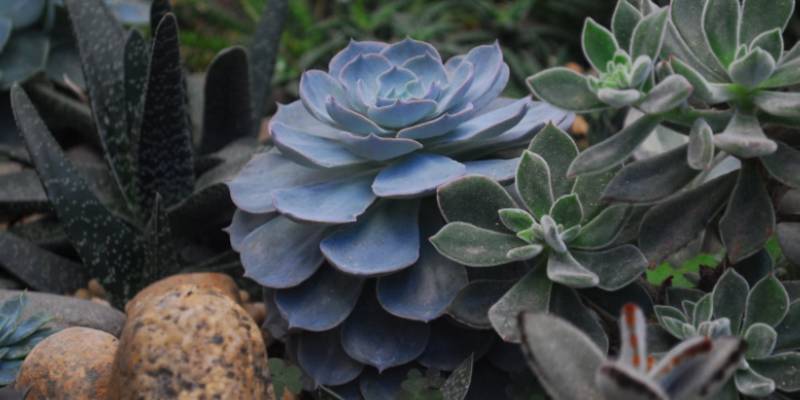
One huge reason why succulents are popular – a sampling of all the best qualities you’d wish for in an ornamental plant. There are all different colors and interesting shapes.
But perhaps the most interesting one is the size aspect. In the current urbane-focused existence, who needs to jostle for space with a wildly growing houseplant? Certainly not a lot of people. Yet, such people will still want to enjoy a bit of plant life in their interiors.
Tough scenario – until succulents came along.
With this plant group, you can still find the perfect tiny living jewel for that equally small shelf space. All you have to do is look. And to make looking even easier, here’s a list of small succulents you can pick from.
Split Rock (Pleiospilos nelii)
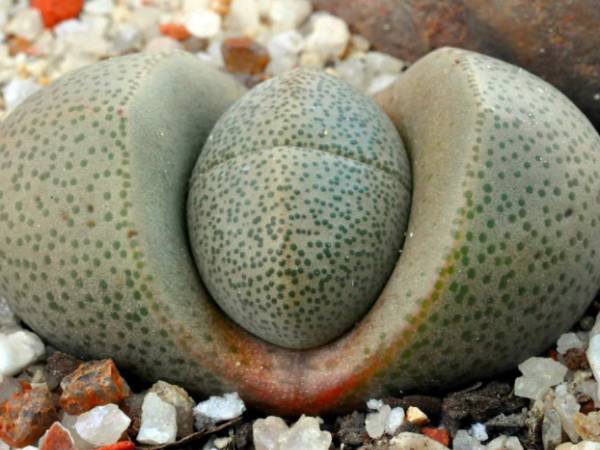
The split rock succulent grows to a height of 3 inches at most. It produces between two to four leaves that are hemispherical and separated by a cleft. They have green-grey coloration.
If you’re fortunate enough to live in warm areas – USDA zones 9 through 11 – you have the option of growing it outside where it will receive a full day of sunlight (it loves that).
In colder regions, you can raise it indoors near a sunny window or outside in a container so that you can bring it inside when the cold starts to bite.
Zebra Plant (Haworthia fasciata)
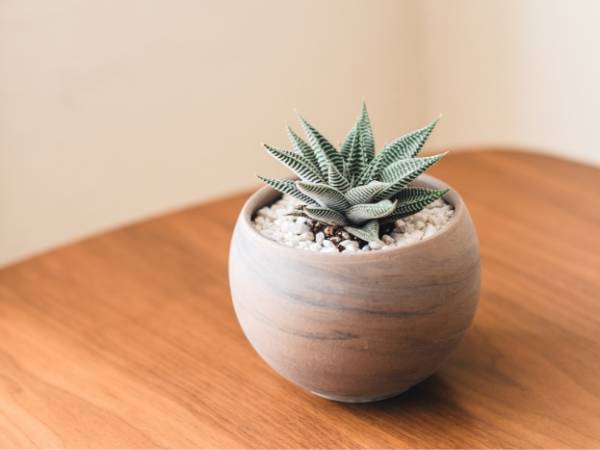
Think aloe vera, but smaller with horizontal stripes on the outer parts of the leaves.
The zebra plant grows to a height of 5 inch tops with rosettes spreading to as much as 8 inches. It is an indoor baby thriving well with partial sun exposure. 4-6 hours of morning sun should be enough. Anything above this and the effects will be adverse – indicated by a deep-red color.
Living Stones (Lithops)
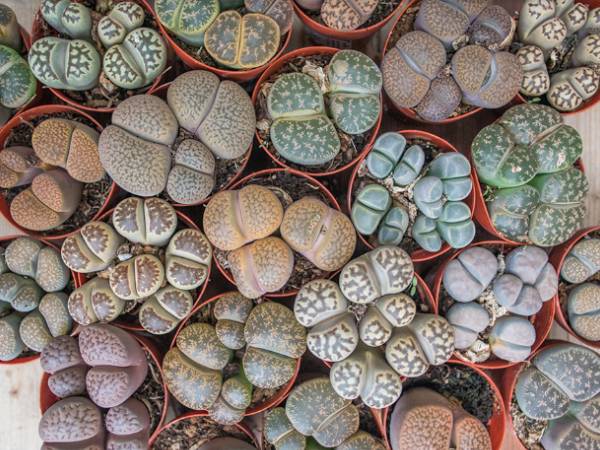
Here’s some super tiny succulent you’ll have to look at. Just about an inch of the plant is above the ground.
The entire plant is a pair of fleshy leaves fused with a small opening at the center – almost the same as the split rock plant above.
As with all the plants so far, it is strictly an indoor dweller unless your area falls in zone 10 of the USDA.
They may lose their color if exposed to too much light or when they stay in water-clogged soils for long. So be careful – especially with the watering.
Four hours of direct sunlight in the morning and partial shade for the rest of the day is enough for the plant. Watering should be once every 2-3 weeks.
Princess Blue (Echeveria)
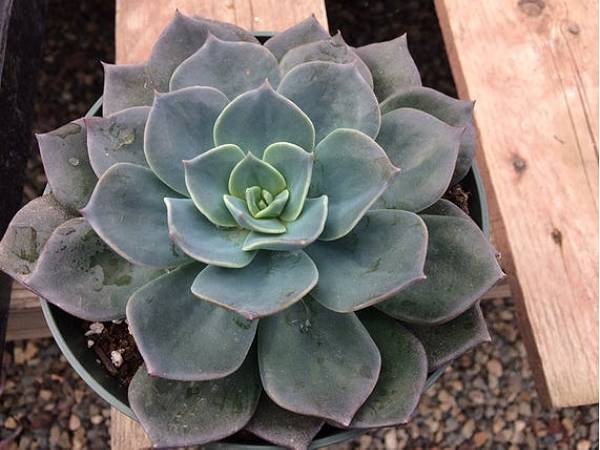
This perennial beauty has a maximum height of 25 cm. The leaves are a deep blue-green with tips having traces of pink or purple.
The Echeveria bears pink-red blooms when summer comes knocking.
On top of all the succulent care routine, be sure to rid the plant of the dead leaves at the base as they attract the notorious mealybugs. Of course, you can still eliminate them but being proactive is just as good.
Little Jewel (Pachyveria glauca)
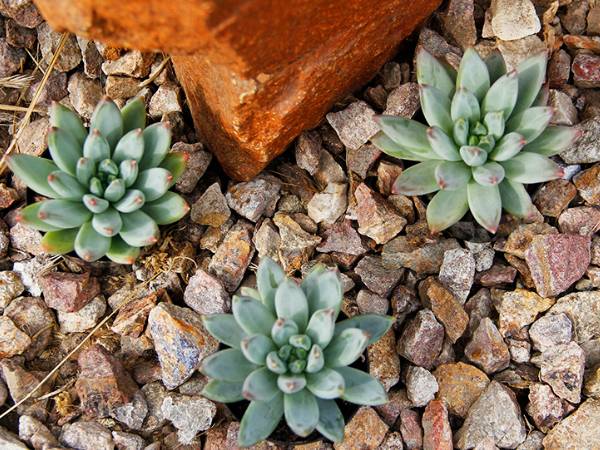
The leaves are spiky and blue-gray with red tips – that’s under normal light conditions. Under full sun, they turn to deep maroon.
Flowers appear in winter and are peach-colored.
The best thing about this succulent is that you can propagate it quite easily using just its leaves. All you have to do is gently pluck one of them from the stem, allow it to callous, and plant it in well-draining potting mix.
Star Cactus (Astrophytum asterias)
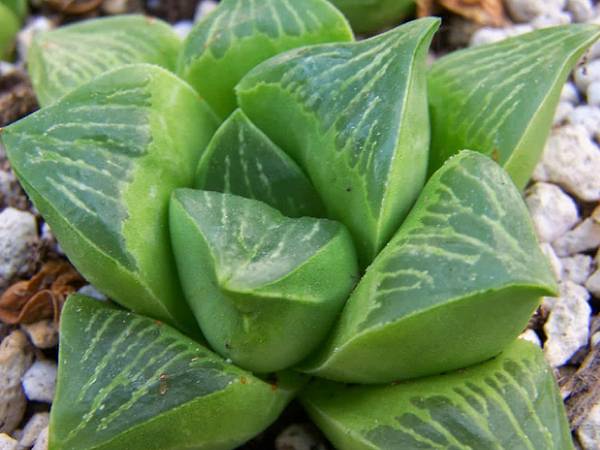
Six inches in diameter is the maximum size you’ll get with a star cactus. The rounded body is green though it may sometimes be a grayish brown. The globular surface is divided into 8 parts each dotted by several clusters of fine white hairs.
The star cactus can do just fine with lip attention with once-in-a-while watering. You can also incorporate a bit of fertilizer between June and September. Also, watch out for those pesky mealybugs.
Moon Cactus (Gymnocalycium mihanovichii)
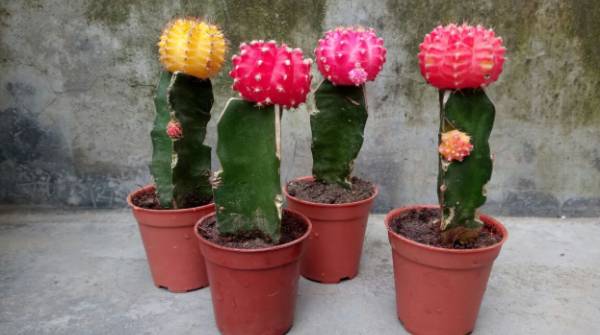
The only succulent here without a natural habitat – because it’s a creation of humans.
The moon cactus is a combo of two different plants with the rootstock (the lower part) being green to facilitate the manufacture of food through photosynthesis. The upper part can be any of the following colors: red, yellow, and orange.
Gymnocalycium mihanovichii is easy to grow as long as you keep it away from the winter cold.
